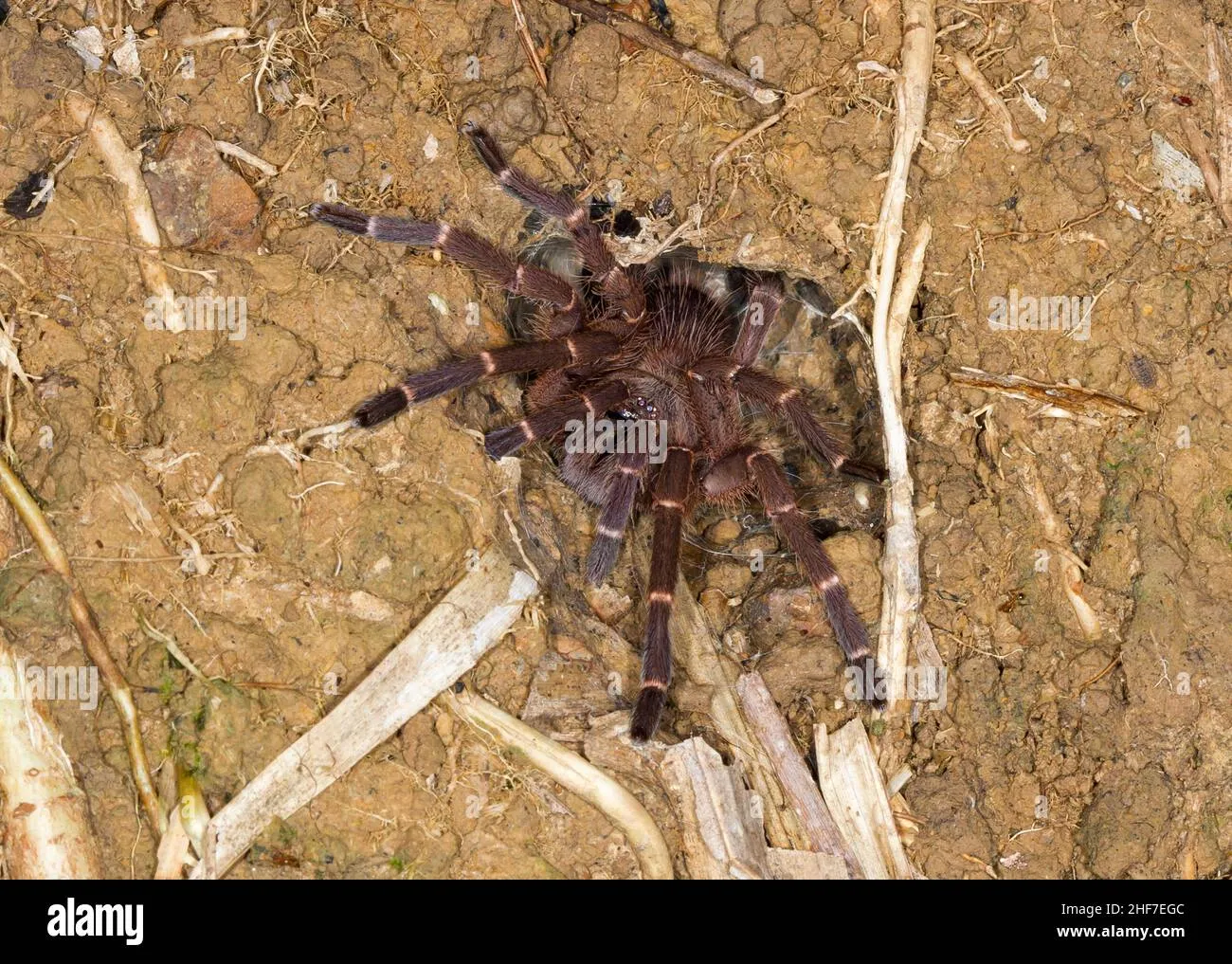Borneo, a land of lush rainforests and diverse ecosystems, is home to a fascinating array of wildlife, including some truly remarkable tarantula species. These arachnids, with their captivating appearance and intriguing behaviors, have captured the attention of both enthusiasts and scientists alike. This article delves into the captivating world of Borneo tarantulas, exploring their unique characteristics, the environments they inhabit, and highlighting some of the most amazing species found on this incredible island. Prepare to be amazed by the beauty and diversity of these eight-legged wonders.
Overview of Borneo Tarantulas
Borneo tarantulas, like all tarantulas, belong to the Theraphosidae family. They are large, hairy spiders known for their impressive size and often vibrant coloration. Found primarily in the rainforests of Borneo, these spiders play a vital role in their ecosystem, acting as both predators and prey. Understanding the general characteristics of these creatures is key to appreciating their specific adaptations and the challenges they face in their natural habitat. These fascinating creatures have adapted to thrive in the unique environment of Borneo, making them a captivating subject of study and observation.
Habitat and Characteristics
The rainforests of Borneo provide an ideal habitat for tarantulas. The humid environment, with its warm temperatures and abundant rainfall, supports a wide variety of insect prey, which forms the staple diet of these spiders. They typically live in burrows in the ground, under logs, or within the crevices of trees, creating secure environments where they can ambush prey and avoid predators. The dense vegetation offers ample cover, and the rich soil provides the necessary structure for their burrows. The availability of food and the protective cover contribute to the survival and thriving of Borneo tarantulas.
Common Physical Traits
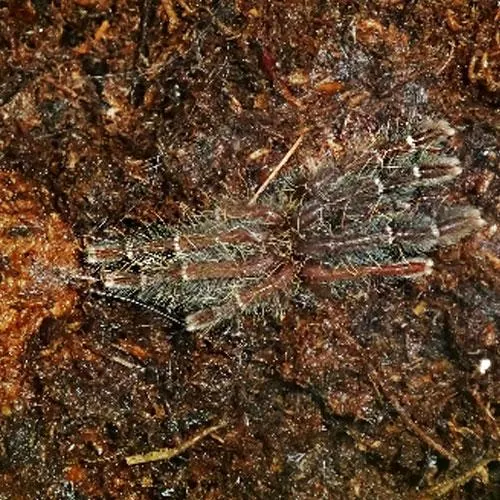
Borneo tarantulas share several common physical traits, including a large size, ranging from a leg span of several inches to over 8 inches in some species. They are covered in dense, often colorful hairs, which can vary in hue depending on the species and the environment. These hairs serve various functions, including sensory perception, defense, and thermoregulation. They have eight eyes, arranged in a specific pattern that allows them to see in multiple directions, and strong chelicerae, which are used to inject venom into their prey. Their powerful legs and fangs make them formidable predators within their ecosystem. These characteristics contribute to their survival and success in their natural habitat.
Top 5 Amazing Borneo Tarantula Species
Species 1 Name and Description
The first amazing species is, let’s say, Selenocosmia huwena. This tarantula is known for its striking coloration, often exhibiting a mix of brown, orange, and black hues. This species is medium to large in size, with a leg span that can reach up to 7 inches. Their overall appearance is quite intimidating, but their behavior is usually more defensive than aggressive. They are a truly remarkable example of Bornean biodiversity.
Appearance and Behavior
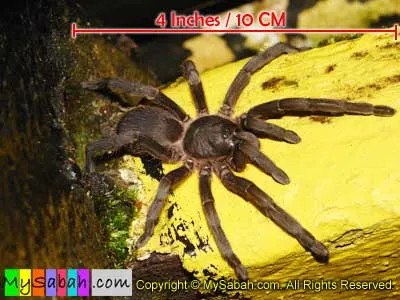
They typically have a brownish carapace with darker markings on the legs and abdomen. In terms of behavior, Selenocosmia huwena tends to be a burrowing species. They spend a lot of time in their burrows, coming out primarily at night to hunt. While they are not known for being overly aggressive, they will readily defend themselves if threatened. They can also flick urticating hairs as a defense mechanism, and these hairs can be irritating to human skin and eyes.
Care and Habitat
In captivity, Selenocosmia huwena requires a terrarium with a substrate suitable for burrowing, such as a mixture of peat moss, vermiculite, and coconut fiber. The enclosure should be kept at a temperature between 75-85°F (24-29°C) and a humidity level of 70-80%. They should be provided with a hide and a shallow water dish. The diet consists primarily of insects such as crickets, roaches, and mealworms. Handling is generally not recommended due to their defensive nature. The habitat should mimic their natural environment to ensure they thrive in captivity.
Species 2 Name and Description
Let’s move on to Ornithoctonus aureotibialis, commonly known as the Borneo Black Tarantula. This species is known for its distinctive black coloration and golden-yellow highlights on the legs, creating a stunning contrast. They are a medium-sized tarantula, with a leg span averaging around 6 inches. Their beauty and slightly more docile temperament make them a favorite among tarantula enthusiasts.
Appearance and Behavior

Ornithoctonus aureotibialis exhibits a glossy black carapace and abdomen, with golden-yellow stripes or highlights on the legs. Their behavior is generally more docile than some other species, although they can still be skittish and may flick hairs if feeling threatened. They are primarily nocturnal hunters, spending most of the day hidden and emerging at night to ambush their prey. They are fascinating creatures to observe.
Care and Habitat
When kept in captivity, Ornithoctonus aureotibialis benefits from an enclosure with ample space for burrowing, filled with a substrate of peat moss, vermiculite, and coconut fiber. The temperature should be maintained between 75-85°F (24-29°C), with a humidity level of around 70%. Provide a hide, a shallow water dish, and a diet of crickets, roaches, and other insects. While generally less aggressive than some species, handling should still be done with caution. The habitat should encourage burrowing behaviors.
Species 3 Name and Description
Third, we will discuss Cyriopagopus schioedtei, also known as the Malaysian Earth Tiger. This is one of the larger Borneo tarantulas. They often display beautiful patterns and colors. They are aggressive hunters.
Appearance and Behavior
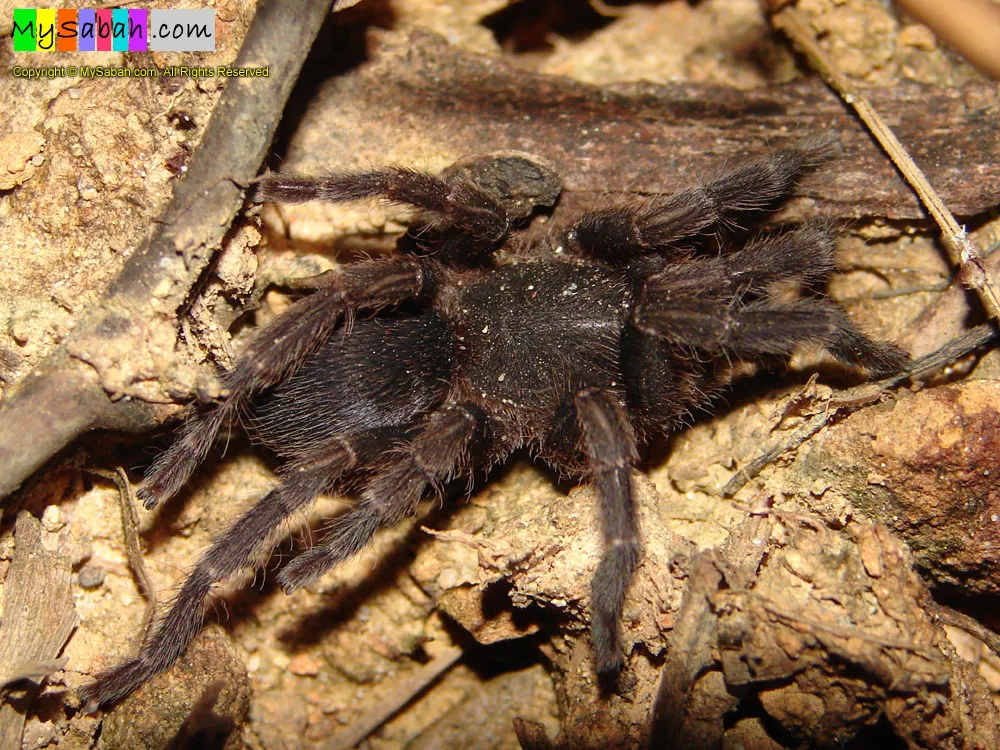
The Cyriopagopus schioedtei features a mix of brown and tan coloring with bold markings. They are known for their rapid movements and aggressive hunting techniques. They are nocturnal and will hide during the day.
Care and Habitat
They require large enclosures with a suitable substrate and hides. Maintain a temperature of 75-85°F (24-29°C) and a humidity of 70-80%. Feed them a diet of insects, and handle them with care, as they can be defensive.
Species 4 Name and Description
Next is the Haplopelma hainanum, often referred to as the Hainan Island Earth Tiger. While not exclusively found in Borneo, similar species do inhabit the region. These tarantulas are known for their striking appearance and relatively large size.
Appearance and Behavior
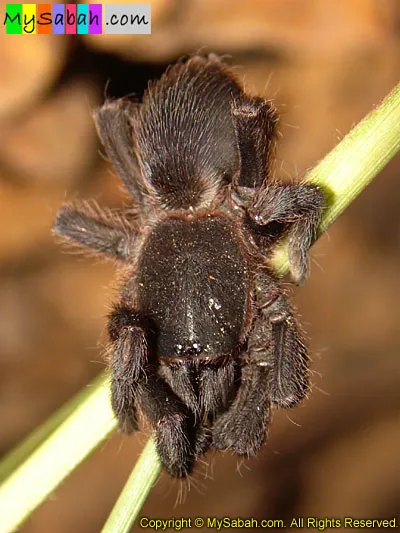
The Haplopelma hainanum has a striking appearance, with a brown carapace and striped legs. They are known for their aggressive hunting techniques and burrowing behaviors.
Care and Habitat
They require a large enclosure with a deep substrate for burrowing. The temperature should be around 75-85°F (24-29°C), and humidity should be 70-80%. Feed them a variety of insects, and handle them with care.
Species 5 Name and Description
Finally, we have Psalmopoeus irminia, though not native to Borneo, is sometimes found in collections. They are known for their arboreal lifestyle and striking colors.
Appearance and Behavior
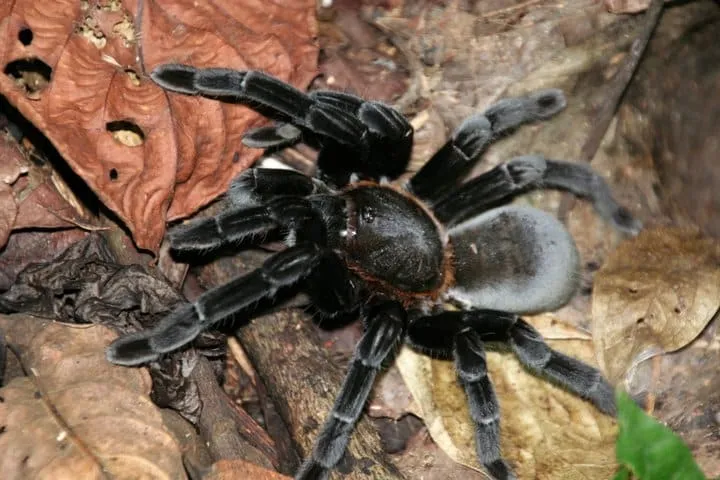
These arboreal tarantulas have a beautiful appearance, with a mix of brown and orange colors. They are known for their arboreal lifestyle and active behavior.
Care and Habitat
They require a vertical enclosure with plenty of climbing space. Keep temperatures at 75-85°F (24-29°C) and humidity around 70%. Feed them a variety of insects and provide water. Handling should be done carefully.
Conservation Status and Threats
Many Borneo tarantula species face threats, including habitat loss due to deforestation and agricultural expansion, as well as the pet trade. Protecting their natural habitat and promoting responsible practices are crucial for ensuring their survival. Further research and conservation efforts are needed to fully understand and protect these fascinating creatures. Supporting conservation initiatives is vital for the future of these species.
The pet trade, if unregulated, can pose a significant risk to the tarantulas as well. Excessive collection from the wild can drastically reduce populations, and habitat loss continues to threaten their survival. Addressing these threats requires collaborative efforts from governments, conservation organizations, and the public. These conservation efforts are key to preserving these species.
Conclusion
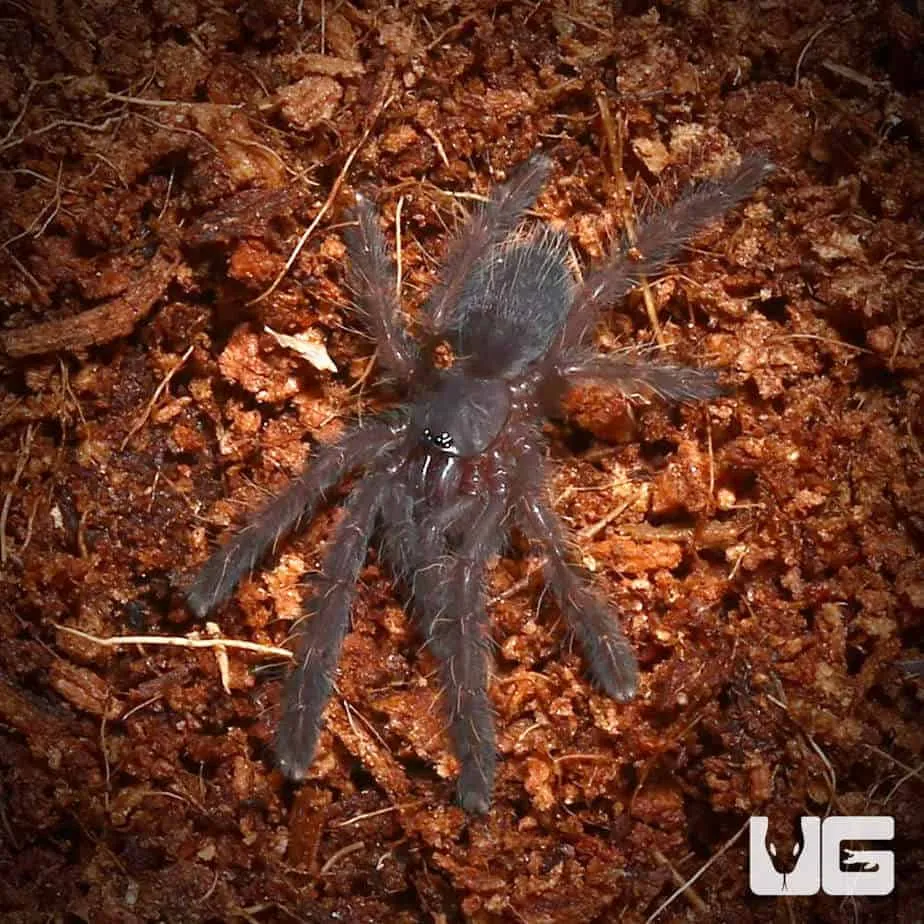
Borneo tarantulas are a testament to the incredible biodiversity found in the rainforests of Borneo. From their unique physical traits to their diverse behaviors and habitats, these spiders captivate the imagination. While learning about these species, it’s crucial to consider the conservation challenges they face. By appreciating and protecting these remarkable creatures, we can contribute to the preservation of Borneo’s unique ecosystems for future generations. Their existence is dependent on the health and stability of their natural environment. The survival of these amazing species depends on our collective actions. Through understanding, we can ensure that future generations will have the opportunity to marvel at the beauty and wonder of Borneo tarantulas.
